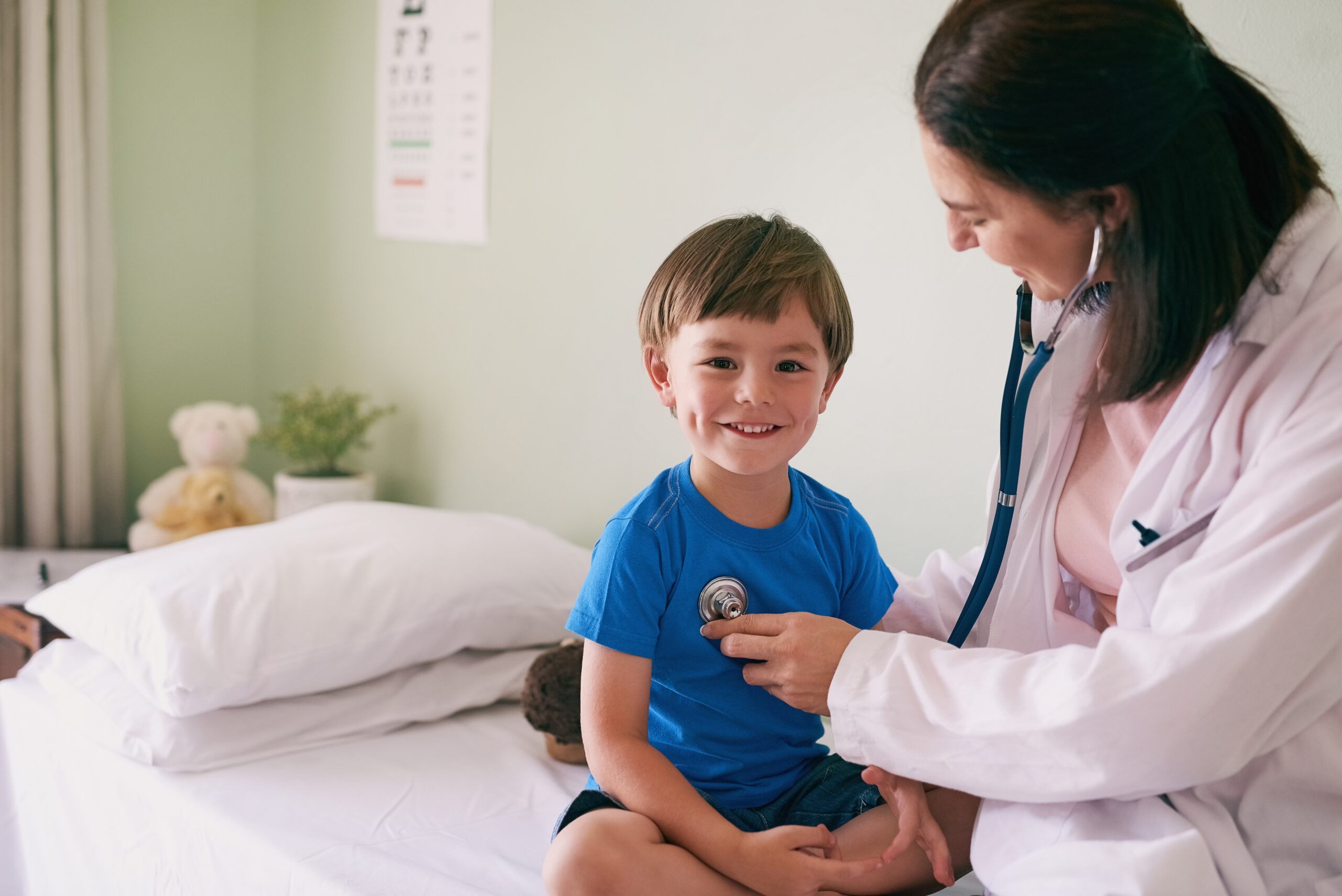What Parents Need to Know About Penicillin Allergies in Kids — and How to Test Safely
Penicillin allergies in kids are one of the most common — and misunderstood — labels in healthcare. Nearly 1 in 10 Americans reports being allergic to penicillin, but clinical testing shows over 90% of them are not truly allergic.
This misdiagnosis often starts in childhood, leading to unnecessary worry, limited treatment options, and even increased health risks. Here’s what parents need to know about penicillin allergies, why de-labeling matters, and how to determine if your child really is allergic.
Myth vs. Fact: Penicillin Allergies in Kids
Myth #1: Any rash after amoxicillin equals a penicillin allergy.
Fact: Rashes are common in kids, especially during viral illnesses. Many viral rashes just happen to appear while the child is taking amoxicillin — but they’re not true allergic reactions.

Myth #2: If a child reacted once, they’ll always be allergic.
Fact: Even true penicillin allergies often resolve over time. Studies show about 80% of penicillin allergies fade within 10 years.
Myth #3: It’s safer to just avoid penicillin.
Fact: Avoiding penicillin unnecessarily can actually increase health risks. Alternatives are often less effective, more expensive, and have more side effects — and they contribute to antibiotic resistance.
Learn more about allergic reactions in children on the CDC’s Antibiotic Allergy page
Why De-Labeling Matters
If your child doesn’t truly have a penicillin allergy, removing that label (called “de-labeling”) can lead to:
- Better care: Penicillin is often the safest, most effective treatment for many infections.
- Fewer side effects: Broader-spectrum alternatives can upset the stomach or cause more severe reactions.
- Improved antibiotic stewardship: Using penicillin appropriately helps prevent antibiotic-resistant bacteria.
- Less stress in the future: Avoid confusion or delays in care at the ER, dentist, or elsewhere.
The American Academy of Pediatrics emphasizes the importance of evaluating and, if appropriate, removing incorrect penicillin allergy labels.
What If You’re Not Sure?
If you’re unsure about your child’s allergy:
- Review their history — details matter.
- Talk to their primary care provider.
- Ask about an oral amoxicillin challenge, a safe, supervised process to determine if they truly have an allergy.

Our office will soon offer oral amoxicillin challenges for eligible patients — ask about it at your next visit.



